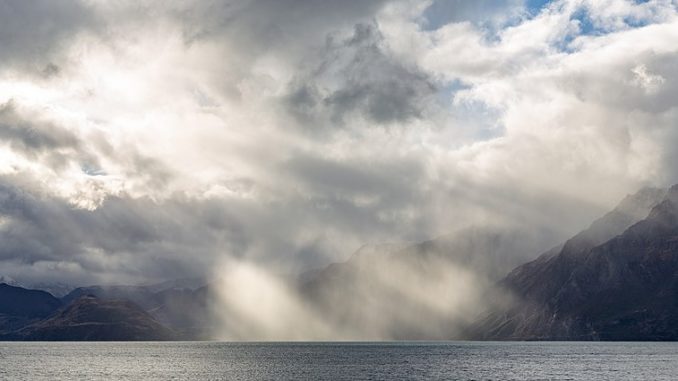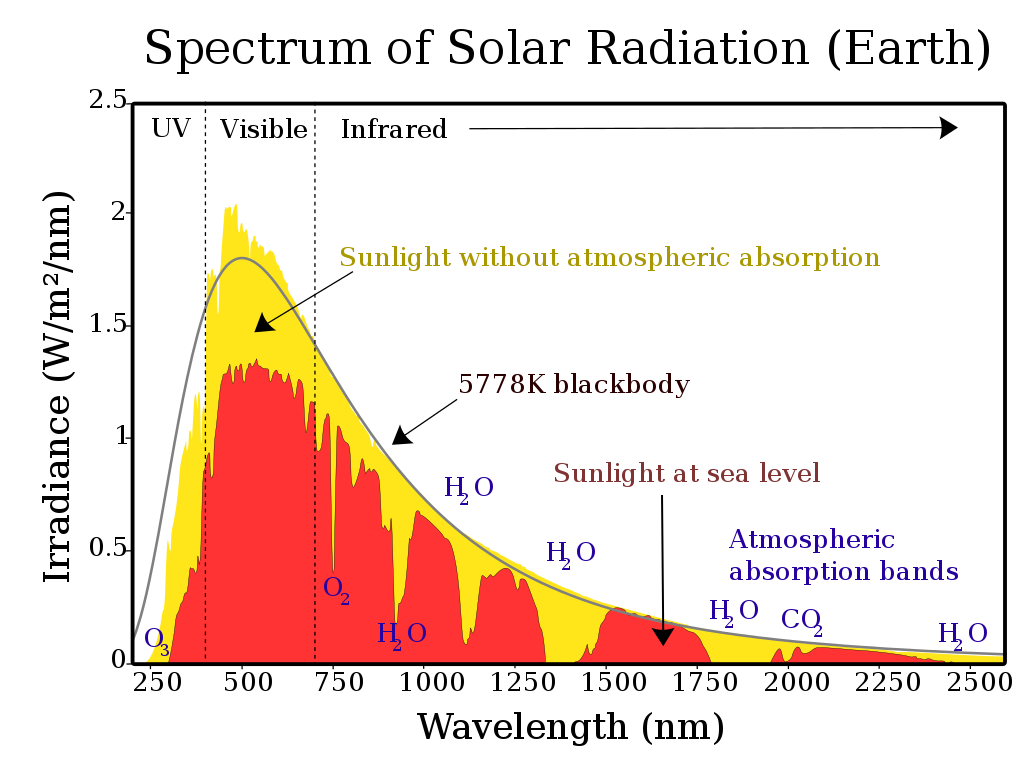
Have you ever noticed that most vehicles you see on the road are painted white? The common reason given in explanation for this is that white is the vehicle color with highest resale value, meaning more people want to buy a white vehicle (used or new) than any other color.
“Okay,” you say, “and why do people want a white car more than any other color?” It’s because white paint reflects more sunlight than any other color, with the desirable outcome being that the car (or any other vehicle) isn’t as hot after sitting out under the sun, and it also cools off faster (and therefore less expensively) when the air conditioning is turned on. It’s simply cheaper and more comfortable.
Similarly, white auto upholstery in direct sunlight doesn’t get nearly as hot as black auto upholstery, and cools off faster. Ever sit down in a convertible with black seats while wearing shorts? The bottom line is, white reflects sunlight best, and the color black is best at absorbing sunlight. This is true for a car, a house, a building, an aircraft, or anything and everything that’s going to sit out in the sunlight.
Let’s talk a little about sunlight for a moment. Light is energy that radiates from a source. In other words, light is radiation. Light from the Sun comes in three main forms, ultraviolet (UV), visible light, and infrared (IR). (Other radiation emitted by the Sun include X-rays, radio waves, and gamma rays (from solar flares) but that’s not important right now).

UV light has the highest energy of the three and is well known for causing skin damage, ranging from sunburns to cancer. Visible light is the part of the spectrum that humans can see, and IR radiation is the energy humans feel as heat. Infrared light has the lowest energy level of the three, but carries the most thermal energy. When you stand in the sunlight, the heat you feel is mostly IR light even though you cannot see it!
When sunlight reaches Earth’s upper-most atmosphere it’s approximately 10% UV light, 40% visible light, and 50% IR light. Earth’s atmosphere filters out much of the biologically damaging UV radiation such that, at the surface of the Earth, about 3% is UV light, 44% is visible light, and 53% is IR. (Those percentages change according to altitude and atmospheric composition at a given location). Most of the sunlight reaching us is infrared heat energy!
Where are we going with this information? Recall that the white car reflects more light than the black car. The light that it’s reflecting is the visible part of the spectrum, not the IR part which is transporting most of the thermal energy. This is because paint is designed for the human-visible spectrum, not the IR spectrum. If a traditional paint reflects IR energy, it’s an unintended consequence of the chemical makeup of the paint.
Neither white paint, nor black paint, nor any other color of paint fully reflect IR energy, at least not by design. IR energy that’s not reflected is absorbed, causing the temperature of the car (or any other object) to rise.
The Big Reveal At The End
A team of scientist and engineers have created a paint system, consisting of two layers they call a bilayer design, that reflects significantly more IR light than conventional paint alone.
The bottom paint layer, a polymer compound intentionally designed to reflect IR energy, is applied first. A conventional commercial paint is applied second, on top of the polymer layer, to provide aesthetic appeal. The result was a dramatic decrease in the amount of heat energy absorbed, but the decrease varied by the color (chemical composition) of the commercial paint top layer.
In an April 24, 2020, research article titled, Colored and paintable bilayer coatings with high solar-infrared reflectance for efficient cooling, the team reported that, “compared with commercial paint monolayers of the same color [the bilayer coating] stays cooler by as much as 3.0°C [37.4°F] to 15.6°C [60°F] under strong sunlight.”
If those numbers don’t take your breath away, you might not be conscious. The benefits of this breakthrough technology include significantly reduced energy consumption, lower cooling bills, and reduction of emissions across the board. The bilayer paint system could be used anywhere infrared sunlight adds undesirable heat to human environments including transportation, homes, and businesses.
That is cool paint!
Question of the night: What’s your most favorite color?
